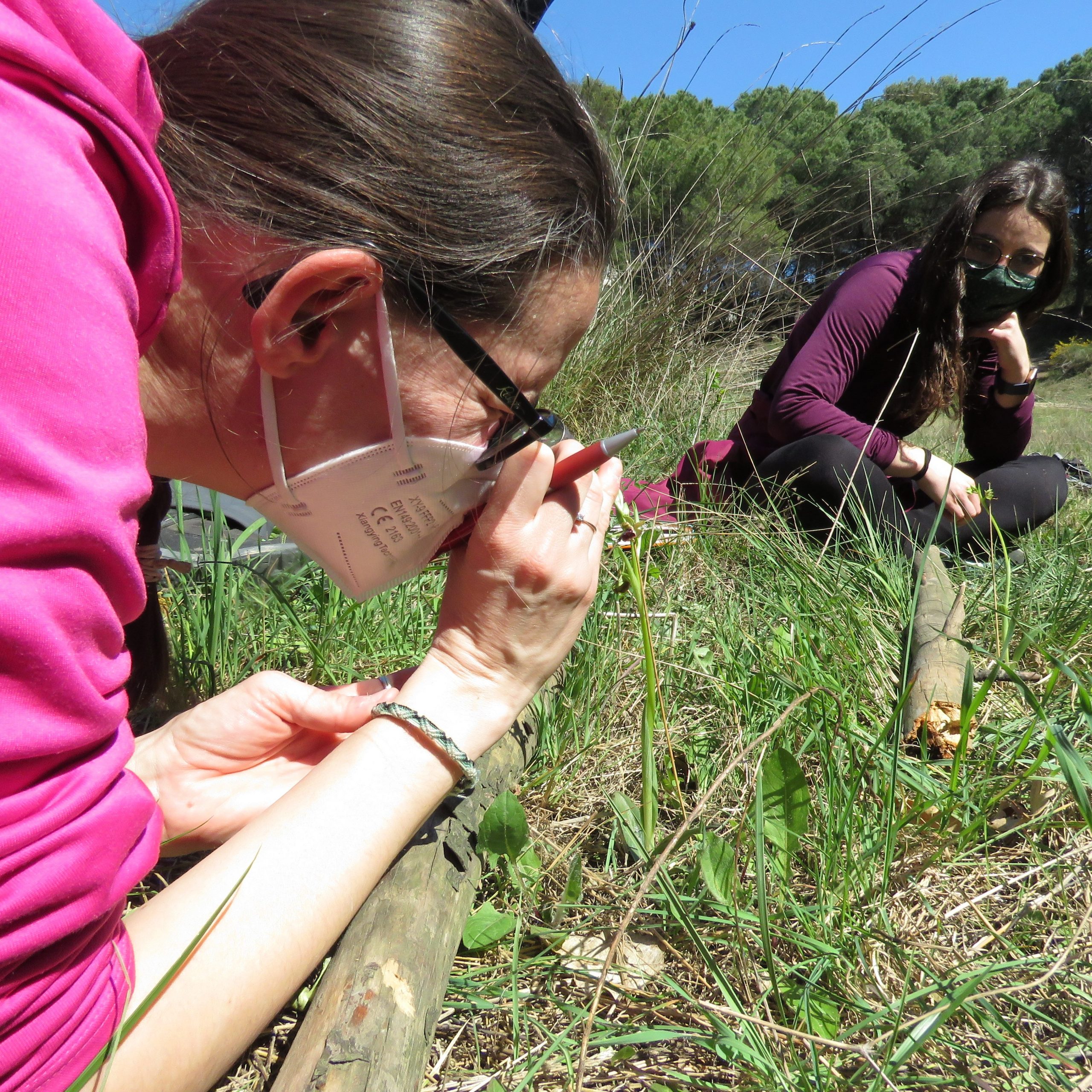The process of learning to be an interpretive guide is unexpected. The kind of experience that needs to be lived to be understood.
This article tries to describe the evolution of the students on an IE Certified Interpretive Guide (CIG) course, but since all the knowledge came with emotions and all together were an intangible experience, it is very difficult to express it.
Is there something better than meeting people with the same thoughts as you?
The IE CIG training course promised hope in that way, as we were all so ready to know each other’s thoughts and values; even though we can all have different beliefs and ways of thinking, in this area, we all share the same mission.
There was a big step between the first day and the last. That’s why I need to talk about the beginning and how the IE course influenced our careers. As in highschool, you rarely know what you will be when you graduate.
We started motivated but shy, some confused, some lost. Some had previous experience. But none of us could imagine that the UAB campus (Universitat Autonoma de Barcelona), where we developed all our skills, could be so biodiverse.
The magic started. “Take a piece of terrain and look at the interesting values”, was our first test. Certainly, we could find lots of interesting facts that we could explain through interpretive speech, and that showed us the importance of every piece of earth, even if it was so simple; we were learning to look instead of seeing, so we would internalise these interpretation techniques and use them in the future.
The more we searched, the more we discovered. I’m sure none of us had realised before that there was a very creative creature inside each one of us! We started to interpret every detail of the heritage we found!
After every exercise, every practice, all the tools were finding their place in our brain, like the pieces of a puzzle. All turned out to be meaningful.
And then our time was over. We say in Spain, that time goes so fast when you are having fun. It was already the time to fly. Now we have the techniques to share knowledge with others, it is the moment to use our voice to preserve heritage in an entertaining way. Our mission now is to make our clients fall in love with our heritage: natural, architectural, historic.
We found out that the UAB campus had changed so much regarding its topography and it was a good illustration of interpretation to show that some plants and some rocks could tell us the story of the terrain, now in the surrounding area of a town called Cerdanyola. Who could tell that there used to be a river there? Who could tell that it used to be a home for farmers? And now it is home to students, looking for a future in their areas. Who could tell what it will be, or how will it look tomorrow?
The IE CIG course made us look from another perspective; literally. We now look hopefully, knowing that we could be a bridge between knowledge and the public.
Some of us will grow faster; we all will look for the balance between human and heritage. In fact, we are all tomorrow’s heritage.
Victoria Cava is a postgraduate student of UAB University, in Spain. She is passionate about nature heritage and has a strong motivation for ecotourism. You can get in touch with her at: victoria.e.cava@gmail.com.
To cite this article: Cava, Victoria (2021) ‘We are the heritage of tomorrow’ in Interpret Europe Newsletter 2-2021, 16.
Available online: https://interpret-europe.net/wp-content/uploads/2021/06/Newsletter-Summer-2021.pdf


